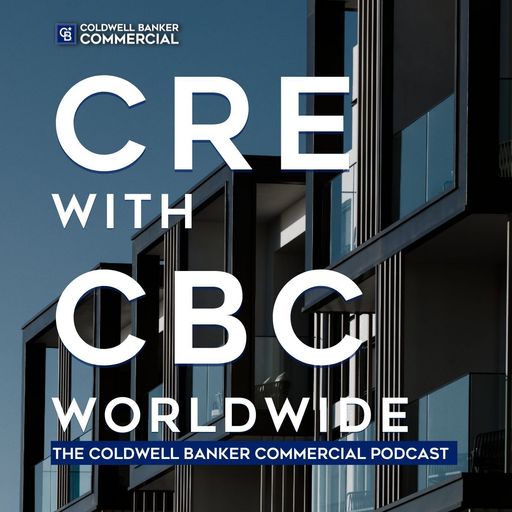3 Things Savvy Investors Should Know About Opportunity Zones

Opportunity zones were created as a result of the Tax Cuts and Jobs Act of 2017, as a way to encourage real estate development and corporate presence in low-income communities. By using this program, investors are able to defer an unlimited amount of tax, as well as receive additional tax benefits and exclusions, assuming that certain requirements are met on gains reinvested into a Qualified Opportunity Fund, otherwise known as a QOF.
The Tax Cuts and Jobs Act, TCJA, is largely heralded for its unique ability to funnel billions of dollars in funds into these struggling low-income communities. However, some have questions as to whether this program will serve to add or detract value to the community, in the long run.
By definition, opportunity zones are “economically distressed communities where new investments, under certain conditions, may be eligible for preferential tax treatment.” Today, there are opportunity zone plans in place for communities in every state, with each state nominating blocks of low-income areas (based upon census tract), that are then certified by the secretary of the US Treasury and the Internal Revenue Service. Through the Internal Revenue Service, investors can file a Form 8896 to create a Qualified Opportunity Fund, a vehicle structured specifically for the purpose of investing in one of these opportunity zone tracts.
But before you invest in an opportunity zone, what are some of the things that savvy investors should know? Read on to find out more.
What are the tax benefits of investing in an opportunity zone?
There are a number of tax benefits of investing in an opportunity zone, including:
- Capital gains deferral. Taxes can be deferred for any capital gains rolled over into a Qualified Opportunity Fund. The deferred gain would be recognized by 12/31/2026, or the date when the investment is sold.
- Capital gains reduction. The basis of the original investment can be increased by 10 percent if the investment is held onto for at least 5 years, and an additional 5 percent if held for at least 7 years. In other words, if by 12/31/2026, an investor has held a QOF for 7 years, the tax on the initially deferred gain could be reduced by 15 percent (or 10 percent, if only owned for 5 years).
- Capital gain elimination. In the last scenario, if an investment in a QOF is held for at least 10 years, the basis of the investment would be equal to the fair market value of the investment on the date it is sold – essentially eliminating the capital gain tax.
Who should invest in an opportunity zone?
If you are an investor with large capital gains taxes due, investment in an opportunity zone may be a good solution for you. Today, most qualified opportunity zone investments are available to accredited investors, with most investors reporting an annual household income of $200,000 or more or have a net worth of $1 million or more (excluding their primary residence).
How can I invest in an opportunity zone?
There are a couple of ways that you can invest in an opportunity zone. You can either create your own Qualified Opportunity Fund, or you can invest in an established QOF. The QOF must invest in a property that meets all of the eligibility requirements, including commercial real estate or agricultural real estate inside the established opportunity zone.
To learn more about investing in opportunity zones and other trends in commercial real estate, be sure to subscribe to the CBC Worldwide blog.
A Trusted Guide in Commercial Real Estate
Coldwell Banker Commercial® provides Commercial Real Estate Services from Property Sales and Leases, to Property Management. Learn how our expansive network of Independently Owned and Operated Affiliates and Real Estate Professionals use their in-depth knowledge of the local market and industry trends to help businesses and investors navigate the complexities of the commercial real estate landscape.






